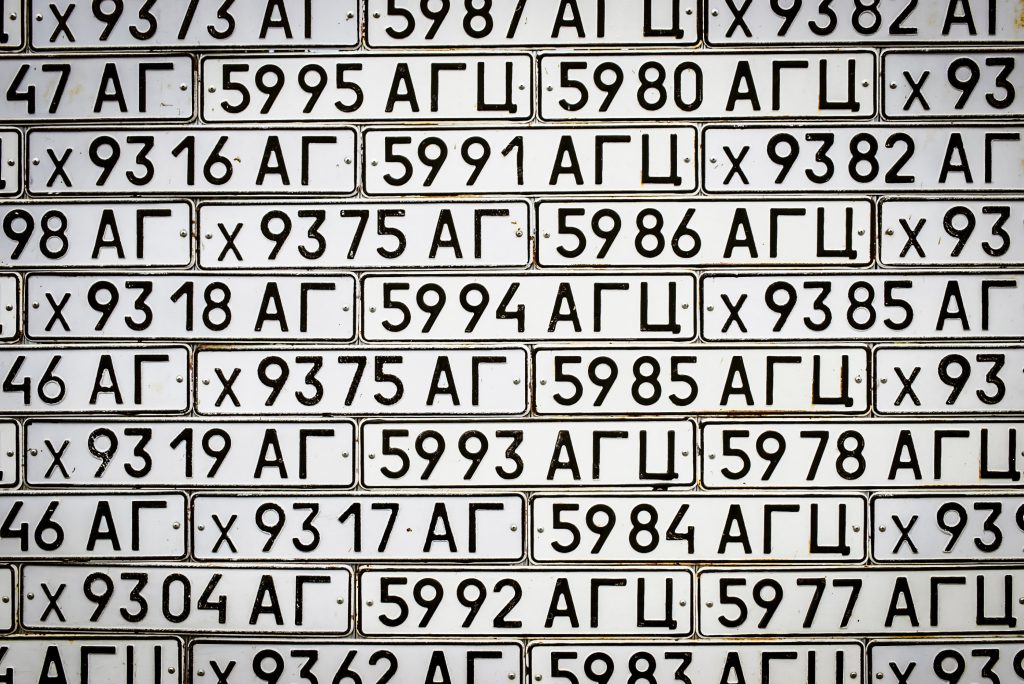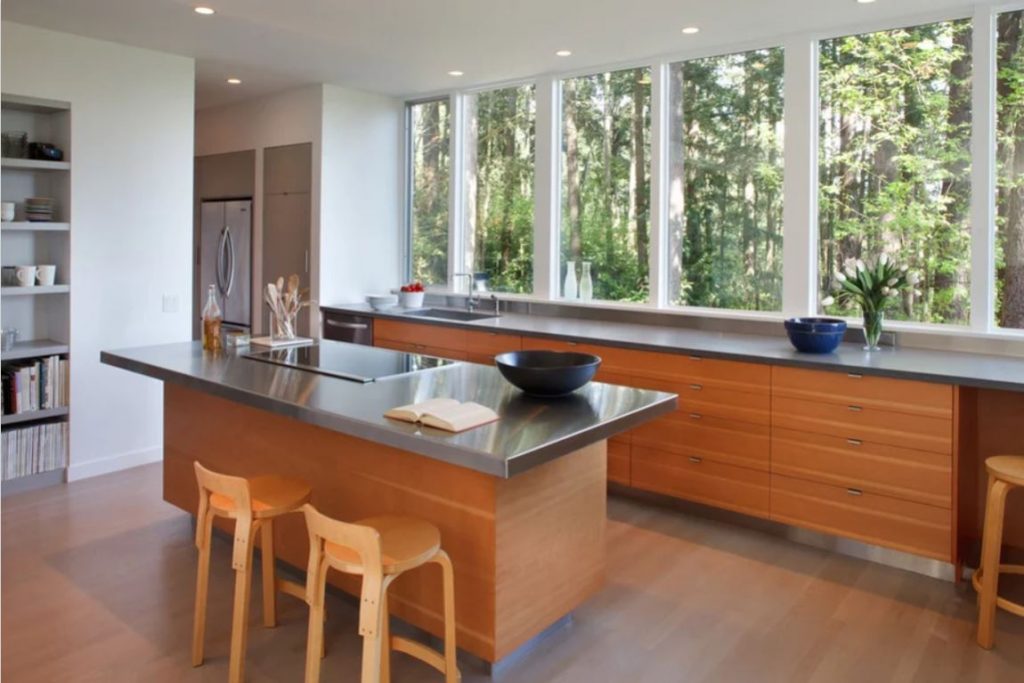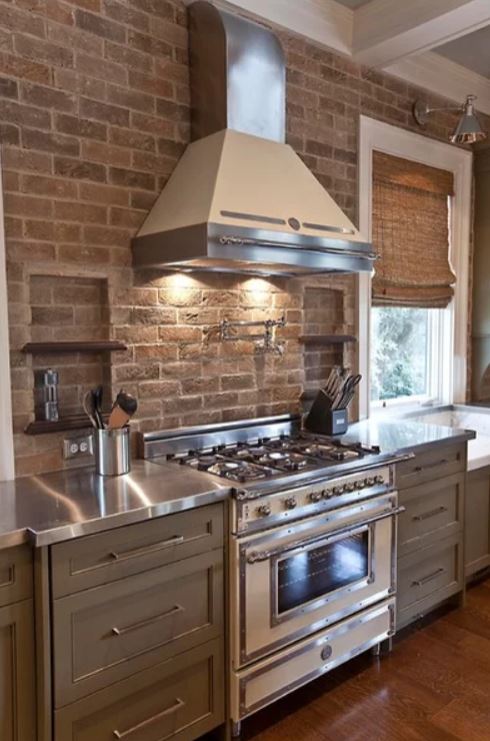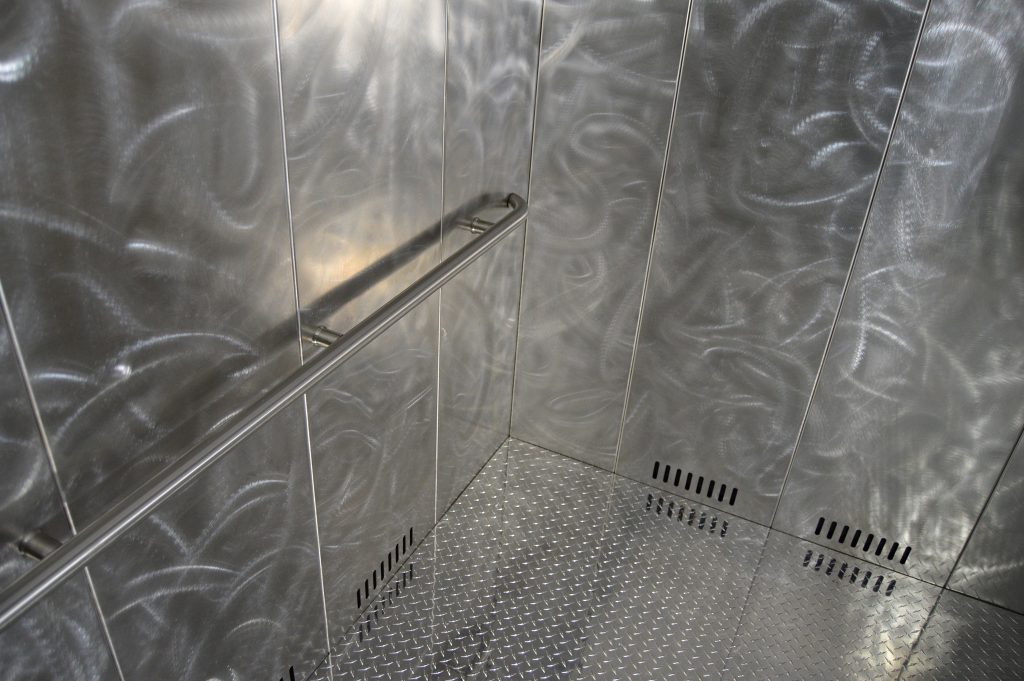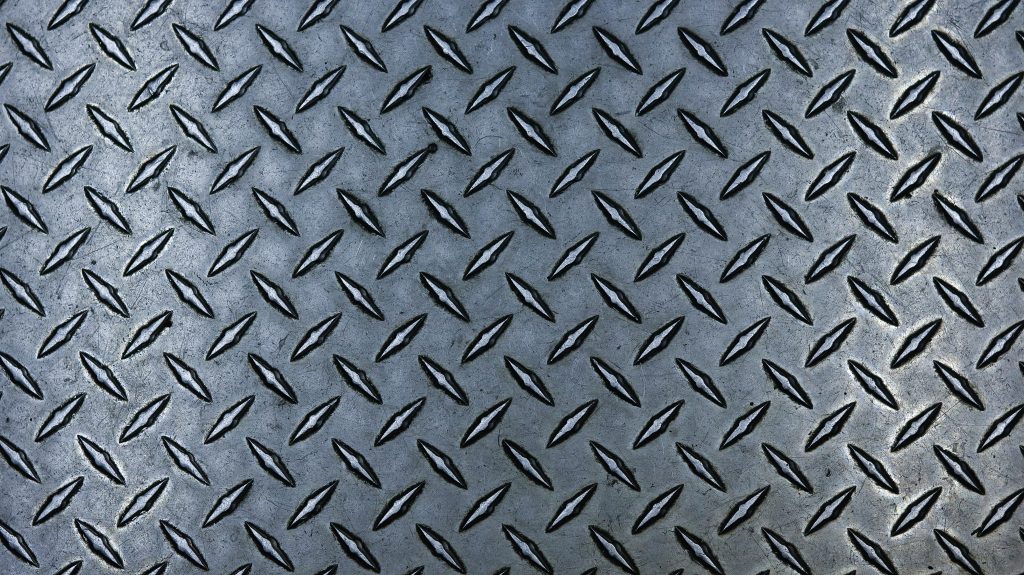What is extrusion?
Extrusion is the process of shaping material during manufacture. Generally, this is done by forcing a block of metal, called a billet, through a shaped die. Think of it like a frosting tip: whatever is squeezed out appears with the specific design you selected.
How is aluminum extruded?
For aluminum, the two main methods of extrusion are direct and indirect.
Direct extrusion is the most commonly used method, using a stationary die. The billet is heated to 800 – 925 degrees F, then laid on a loader and pushed through the die using a hydraulic press. The steady pressure squeezes the softened metal through the die opening. Using direct extrusion, this process produces a wide variety of solid bars, rods, and hollow tubing.
With indirect extrusion, the process is reversed – the billet remains stationary while the die is forced onto the metal itself. This creates far less friction on the billet than using direct extrusion. The result is a product with more consistent dimensions, grain structure, and mechanical properties. However, the method also has its disadvantages, mainly related to the lack of friction. Billets must be carefully cleaned, since little to no friction means any substances on the metal will affect the extrusion’s surface.
Why use the extrusion process?
Extrusion is favored for many metals since it is easier to manufacture, with aluminum being particularly suited for the process:
- Quick fabrication and assembly: compared to other tooling processes such as stamping, casting or injection molding, extrusion has a shorter lead time and done at a lower cost. This means items will be much more quick-to-market, from prototype development to product launch.
- Easy tailoring: there are already a number of standard aluminum extrusion designs already available. This speeds production and assembly, by improving performance and cutting down on secondary operations.
- Strength: with the extrusion process, the metal’s strength can be concentrated in specific areas by varying the wall thickness and internal reinforcement of the design. This is even more of an advantage with aluminum extrusions intended for use in cold environments. Unlike other metals which can become brittle with cold, aluminum strengthens with lower temperatures. The combination of the extra reinforcement through extrusion, coupled with the property of the aluminum itself, makes for a dependably strong metal.
- Excellent thermal and electrical conductors: aluminum is nearly twice as conductive as copper, and much less expensive a material. It also conducts both heat and cold better than many other common metals. Because of this, extruded aluminum products are an attractive choice for home builders. Its lower price, heat dissipation properties, and resistance to fire are all advantages for house framing.
- Sustainability: aluminum can be recycled infinite times, with no degradation of the metal’s properties. This means extruded aluminum products often contain a high percentage of recycled content. The addition of recycled material to the primary aluminum has no effect on the finished product’s overall aesthetics or functionality.

